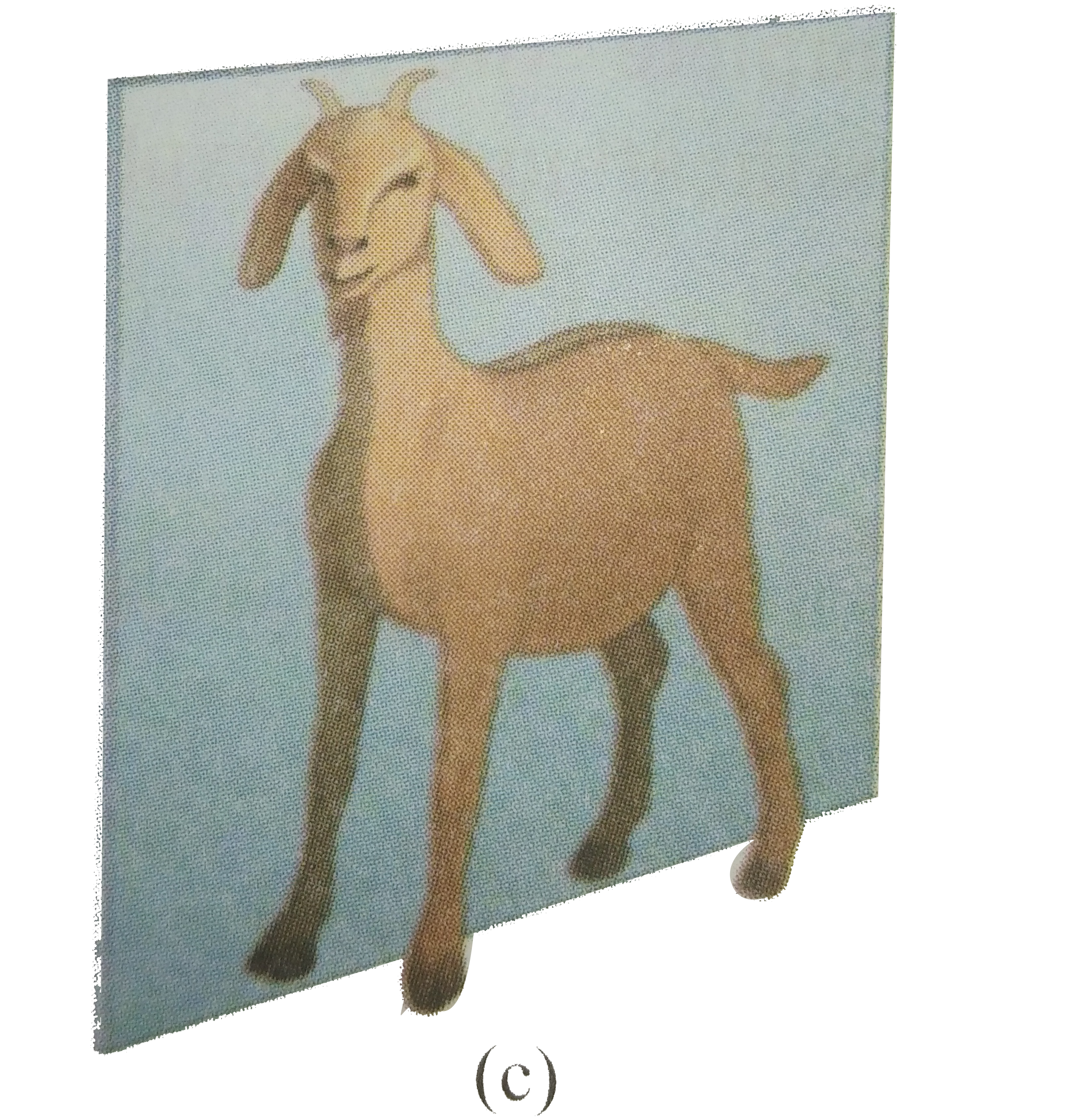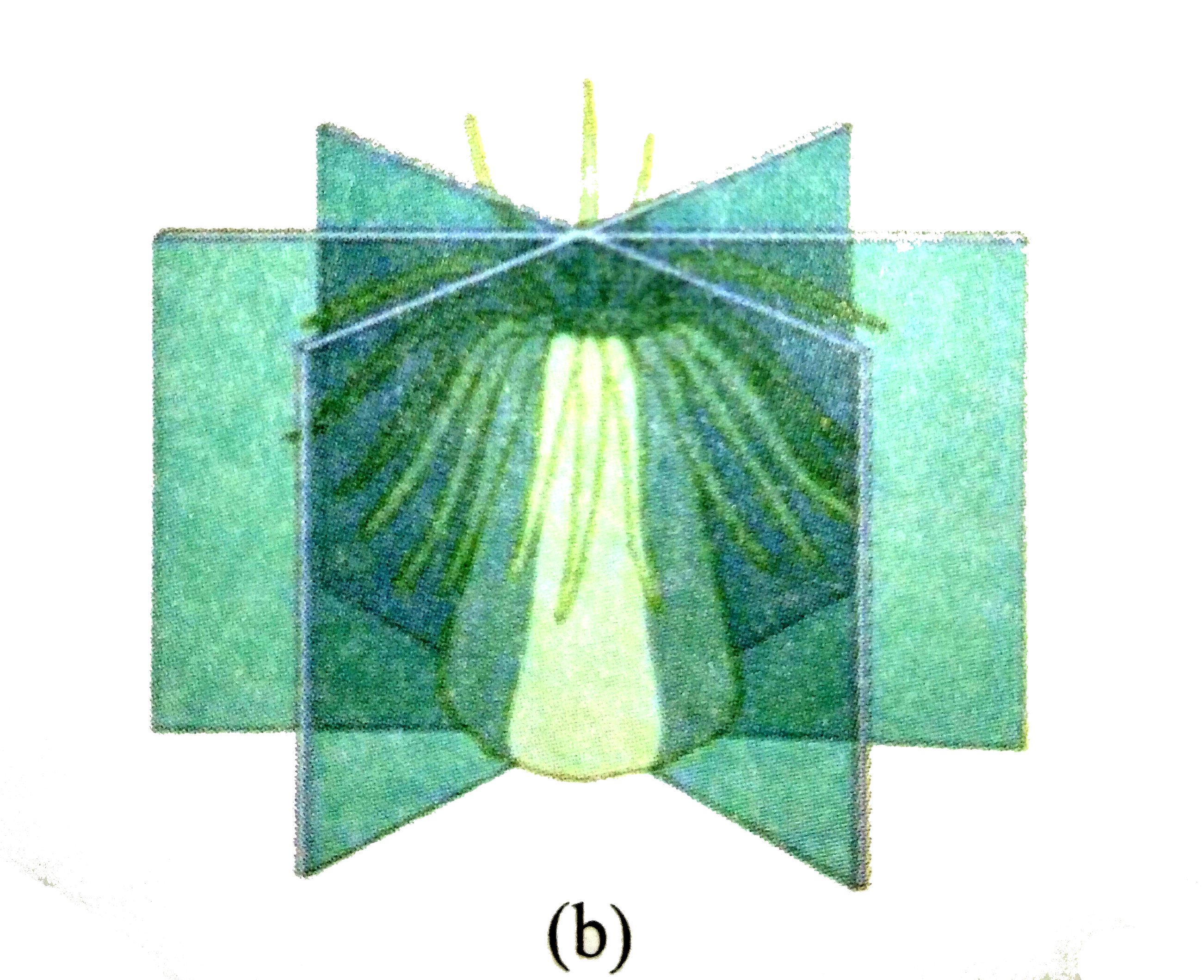Type of symmetry in hemichordates is
Radial
Biradial
Bilateral
1 and 2
The correct Answer is:C
To determine the type of symmetry in hemichordates, we can follow these steps:
1. Understand Hemichordates: Hemichordates are marine invertebrates that possess a true body cavity, known as a coelom. They are classified as coelomates and are triploblastic, meaning their embryos develop into three distinct germ layers: ectoderm, mesoderm, and endoderm.
2. Identify Body Structure: The body of hemichordates is divided into three main parts: the proboscis, collar, and trunk. This structural organization is important for understanding their symmetry.
3. Define Symmetry Types:
- Radial Symmetry: An organism exhibits radial symmetry when it can be divided into multiple identical parts around a central axis. This type of symmetry is common in organisms like cnidarians (e.g., jellyfish) and echinoderms (e.g., starfish).
- Bi-radial Symmetry: This is a subtype of radial symmetry where the organism can be divided into two identical halves along two planes. This type is seen in organisms like ctenophores (comb jellies).
- Bilateral Symmetry: An organism shows bilateral symmetry if it can be divided into two identical halves along a single plane (the midline). This is typical of many animals, including humans and many invertebrates.
4. Analyze Hemichordate Symmetry: Hemichordates, such as the acorn worm (e.g., Balanoglossus), can be divided into two identical halves along a single midline. This indicates that hemichordates exhibit bilateral symmetry.
5. Conclusion: Based on the analysis, the type of symmetry in hemichordates is bilateral symmetry.
Final Answer:
The type of symmetry in hemichordates is bilateral symmetry (Option 3).
---
- Radial Symmetry: An organism exhibits radial symmetry when it can be divided into multiple identical parts around a central axis. This type of symmetry is common in organisms like cnidarians (e.g., jellyfish) and echinoderms (e.g., starfish).
- Bi-radial Symmetry: This is a subtype of radial symmetry where the organism can be divided into two identical halves along two planes. This type is seen in organisms like ctenophores (comb jellies).
- Bilateral Symmetry: An organism shows bilateral symmetry if it can be divided into two identical halves along a single plane (the midline). This is typical of many animals, including humans and many invertebrates.
The type of symmetry in hemichordates is bilateral symmetry (Option 3).
Similar Questions
Knowledge Check
- Question 1 - Select One
Heart of hemichordates is
AVentralBDorsalCLateralDAbsent - Question 2 - Select One
Hemichordates have -
AOpen type of circulatory systemBRespiration by gillCProboscis gland / glomerulus as excretory organDAll - Question 3 - Select One
Notochord like structure is present in hemichordates in the region
AProboscisBCollarCTrunkDTail
Observe the given tissues and explain the types of body symmetry in each of them.
 View Solution
View SolutionObserve the given tissues and explain the types of body symmetry in each of them.
 View Solution
View SolutionNotochord-like structure is present in hemichordates in the region
View SolutionThe middle part of body of hemichordates is called
View SolutionIn understanding different types of symmetry , the term used as principal axis means
View Solution

